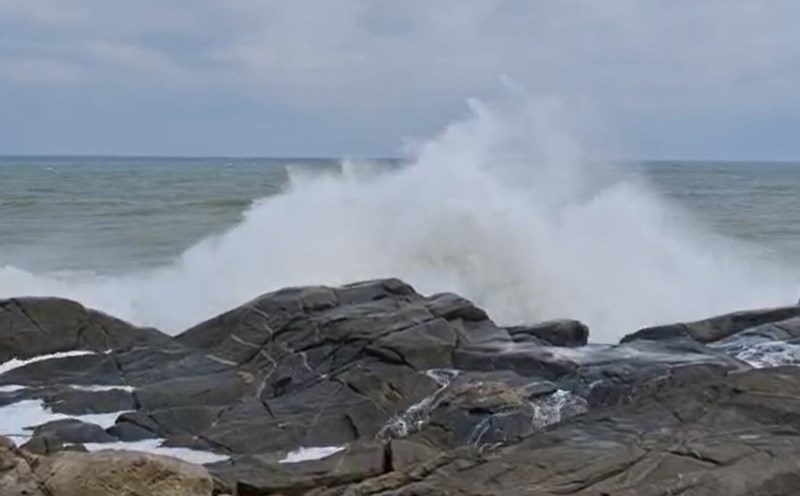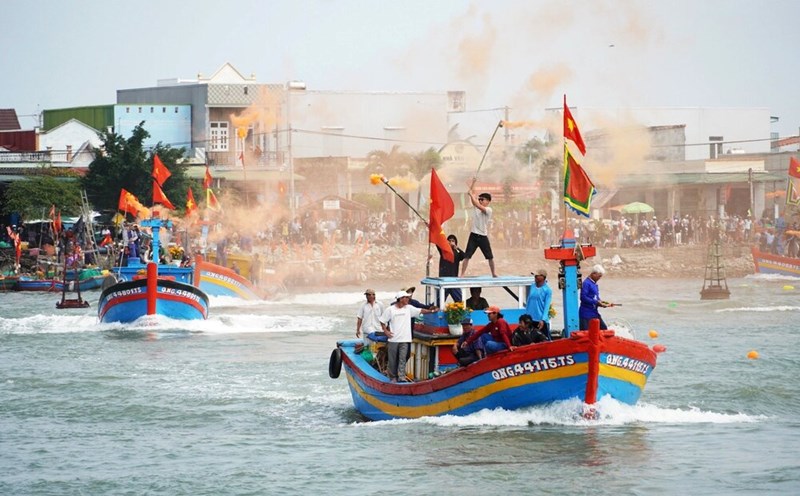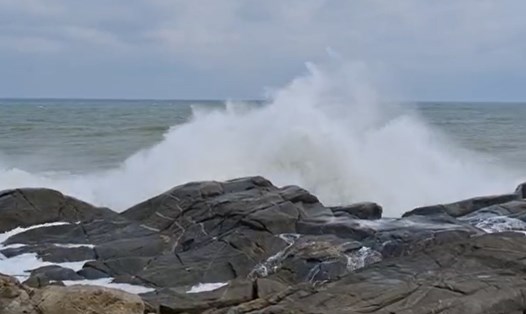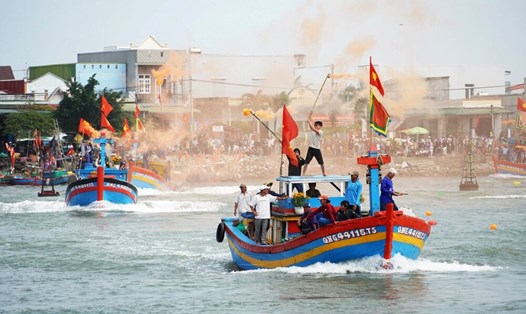On November 28, Mr. Dinh Van Dung - Secretary of Chu Prong District Party Committee, Gia Lai province said that the unit has directed the police to verify and investigate the dispute and cutting of fishing gear of fishermen in the area.
Initial information, Ia Mo Commune Police, Chu Prong District received a report from local people about a group of people using a boat to go to the middle of the lake at night. After that, the group of 3 people used a knife to cut the fishing net rope.

Mr. N - a fisherman said: "When the three subjects were committing the act, they were discovered by fishermen in Ia Mo Lake and chased them for a long time. After the group of subjects brought their boat to shore, they used knives to turn around and chase and threaten the fishermen."
According to Mr. Nguyen Tuan Anh - Vice Chairman of Ia Mo Commune People's Committee, the commune police reported the incident, initially detained the group of subjects at the commune headquarters to take statements and verify. At the same time, coordinated with Chu Prong District Police to work with fishermen, went to the scene to verify the damage caused by the cutting of fishing gear.
For many years, fishermen from the Western provinces have migrated to Ia Mo Lake to make a living on the river. Fishermen gather in villages of dozens of households, build rafts to raise fish in cages and catch aquatic products.

“Ia Mo is one of the largest irrigation reservoirs in the Central Highlands. The reservoir project is planned to serve irrigation and domestic water supply. Therefore, households raising fish in cages in the reservoir area are all illegal. Recently, the government has been mobilizing fishermen to relocate and dismantle their cages,” said Mr. Nguyen Tuan Anh.
In October 2024, many tons of fish in fish cages died. The Commune People's Committee coordinated with the authorities to investigate the cause.
People suspect that due to disputes and conflicts over fish farming in the lake, the fish may have died from poisoning.
However, the forensic results of the Institute of Forensic Science determined that there were no toxins in the fish and water source. Due to the high density of fish farming, lack of oxygen led to the phenomenon of mass fish deaths.










